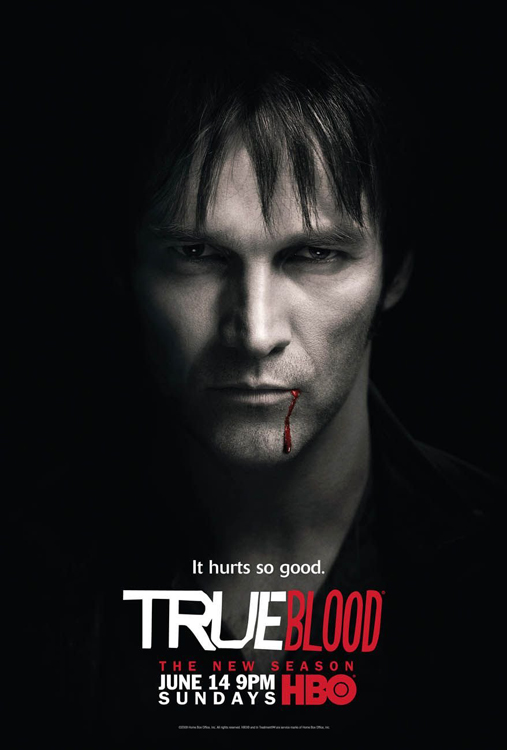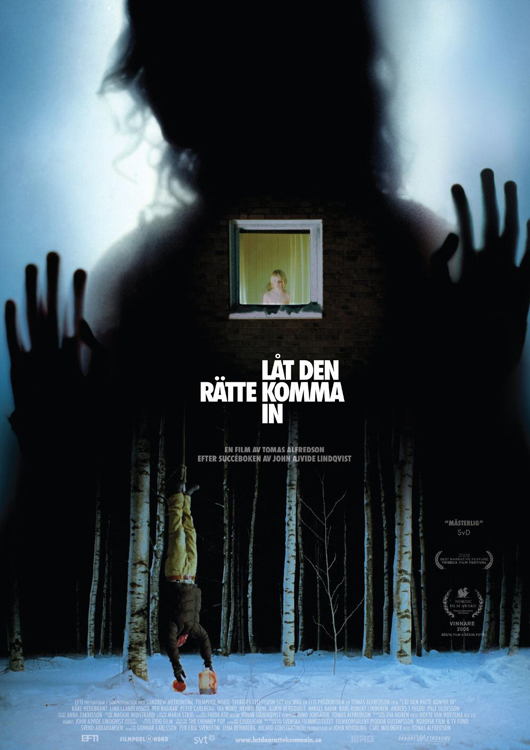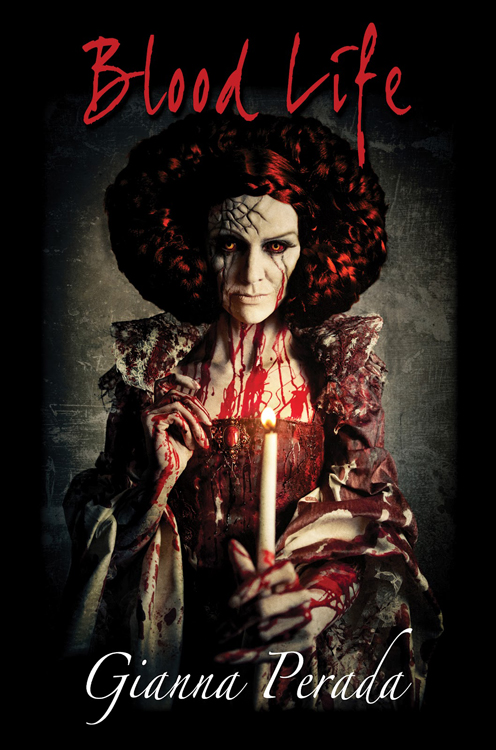The Undying Popularity of Vampires (GUEST POST)

Gianna Perada is the author of the vampire novel Blood Life. I had the good fortune of meeting her in May of 2012 at the awards ceremony for the San Francisco Book Festival, where Blood Life was being honored. We got along like old pals, talking about writing, publishing and vampires, among other things.
The Undying Popularity of Vampires
By Gianna Perada
I have a vested interest in the mythology and culture of vampires, as I’m in the process of writing a trilogy, which began with my debut novel Blood Life. While I have every confidence that Blood Life is interesting and unique, the reality is there are many books and movies about vampires out in the world already.
 It’s truly a saturated market and tough for us authors to stand apart without a good fight. But, still, luckily for us, vampires are all the rage. They’ve been resurrected from Anne Rice’s romantic and sexy reign into a new, more carefully crafted modern version consisting of glitter, current clothing trends, and youth. And audiences can’t get enough!
It’s truly a saturated market and tough for us authors to stand apart without a good fight. But, still, luckily for us, vampires are all the rage. They’ve been resurrected from Anne Rice’s romantic and sexy reign into a new, more carefully crafted modern version consisting of glitter, current clothing trends, and youth. And audiences can’t get enough!
True Blood, The Vampire Diaries, and Stephenie Meyer’s epically popular Twilight series are only the most recent examples of the undying popularity of vampires. And if you read enough vampire literature, you’ll find that no two vampires are exactly the same. Some wear sunglasses, foundation, and sunscreen to blend in (Lestat), some bathe in the blood of virgins to remain young (Countess Bathory), and some vaporize and shape shift (Dracula). Still others walk around in Victorian lace, Levis, patent leather or latex, combat boots, and cloaks (many of the newer versions); some even resist the urge to feed—gasp!—with special serums (Blade), while others prey on the weak or ruined (et al). You name it, it’s out there.
 Bram Stoker’s Dracula, Anne Rice’s Vampire Chronicles, Poppy Z. Brite’s Lost Souls, and Michael Romkey’s I, Vampire are probably the novels that most influenced me when I began writing Blood Life—but I wasn’t influenced by fiction alone. I read about historical figures, such as Countess Elizabeth Báthory de Ecsed and Vlad “The Impaler” Dracul. I also read accounts of vampirism throughout history from Montague Summers, Konstantinos, and Manuela Dunn-Mascetti, among others. Over the last 15 years, as I worked on Blood Life, drawing from heaps of research, I also mixed in some vampire traits from pop culture, such as Steve Niles’ graphic novel 30 Days of Night and Tomas Alfredson’s Swedish film Låt den rätte komma in (Let the Right One In).
Bram Stoker’s Dracula, Anne Rice’s Vampire Chronicles, Poppy Z. Brite’s Lost Souls, and Michael Romkey’s I, Vampire are probably the novels that most influenced me when I began writing Blood Life—but I wasn’t influenced by fiction alone. I read about historical figures, such as Countess Elizabeth Báthory de Ecsed and Vlad “The Impaler” Dracul. I also read accounts of vampirism throughout history from Montague Summers, Konstantinos, and Manuela Dunn-Mascetti, among others. Over the last 15 years, as I worked on Blood Life, drawing from heaps of research, I also mixed in some vampire traits from pop culture, such as Steve Niles’ graphic novel 30 Days of Night and Tomas Alfredson’s Swedish film Låt den rätte komma in (Let the Right One In).
I allowed myself to be fully immersed and influenced so that my own creatures could come out and stand in their own light, alone and beautifully defined. The vampires in Blood Life breed with witches and create a new species called the Combined; they are the top race in my version of the vampire mythology. Pure vampires and the Combined are both predators of humans, as they both need them for sustenance.
 They are creatures—monsters if you will—but totally and completely human and lovable in their other actions. They may drink until the heartbeat stops, but they possess a full arsenal of emotions (both good and evil) and live among humans in daylight and possess great strength and magical abilities.
They are creatures—monsters if you will—but totally and completely human and lovable in their other actions. They may drink until the heartbeat stops, but they possess a full arsenal of emotions (both good and evil) and live among humans in daylight and possess great strength and magical abilities.
In the end, there are many, many versions of vampires and they are all unique and fascinating in their own fabulous and refreshing ways. Some are loved and some are hated, but what delights me the most is the fact that they are still so embraced and adored by the culture at large.
Buy Gianna's award-winning novel
Blood Life on Amazon.com: